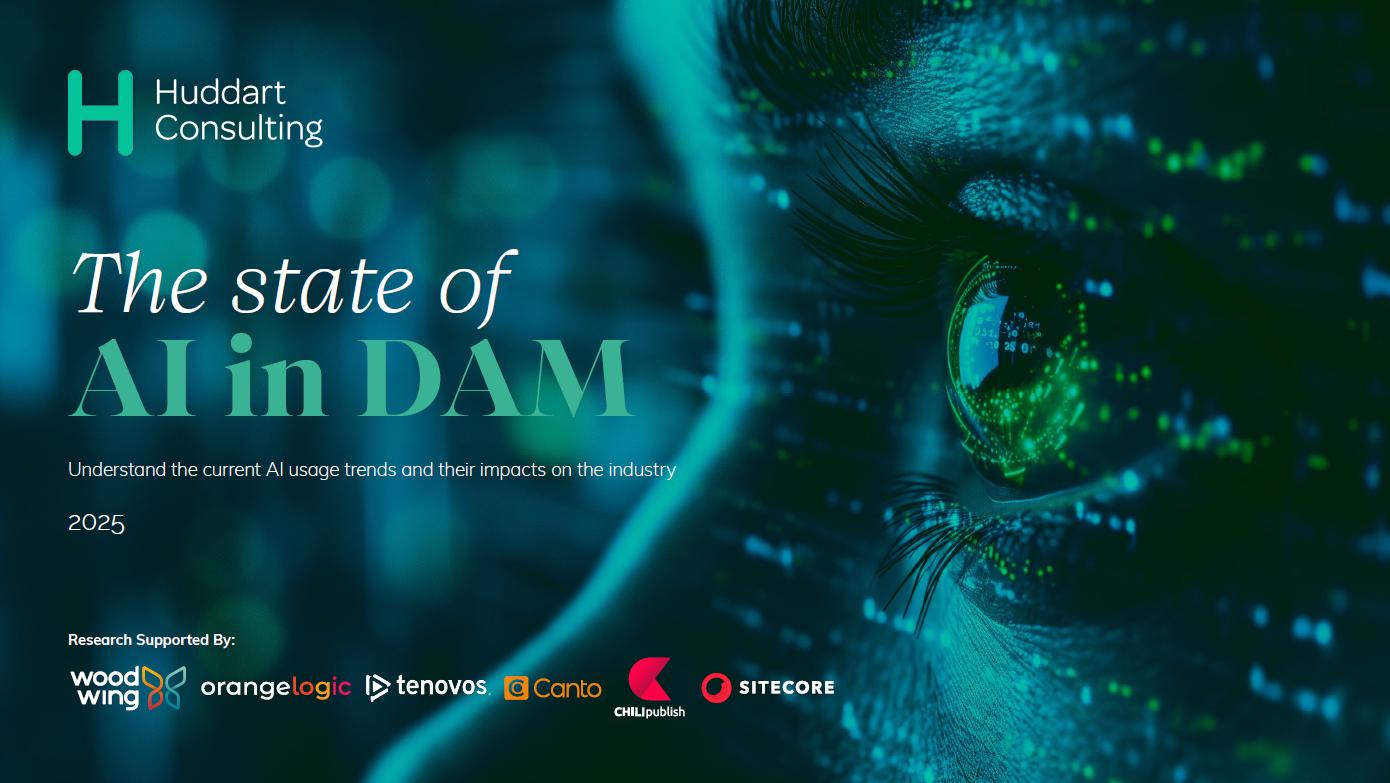Did you know that most museums and historical archives have too many materials to put on display to the public or often, the materials are too fragile to be shared in a physical museum or location? Despite this limitation, museums and archives are often eager to share these hidden materials, including rare masterpieces, with the public for entertainment, historical and/or educational purposes. One way that many organisations do this is by digitising (scanning or taking digital pictures of) their collections so that they can then share fragile, valuable, and rare items with the world for your enjoyment and education. One of the main advantages to this approach is that museums and archives can make their private collections available not only to the local community or tourists who may have the luxury of visiting their buildings in person, but also to the world via the internet.
Check out these amazing online collections from world-class museums from the comfort of your own home:
- The Smithsonian Collections (I’ve gotta start with my favourites! Although I may be a bit biased. Having worked for the Smithsonian, I have a very special place in my heart for them)
- The Museum of New Zealand
- The British Museum
- The Philadelphia Museum of Art
- The Museum of Modern Art (MOMA)
- The Rijksmuseum
- The Royal Museums Greenwich (check out their map collection!)
- The Natural History Museum (London)
- The State Hermitage Museum (St. Petersburg, Russia)
- The Bodleian
Amazing, right?
But how do all of these materials get digitised? And how do museums set up these searchable databases for people to sort through 100,000 objects? Firstly, each item is usually photographed in a high-tech studio by a professional curator or photographer. Then, similar to ye olde card catalogue at your local library, one or many cataloguers will be responsible for adding the information (metadata) about the item to the records, so that it will be searchable to you! That’s a lot of information, research, knowledge, and fascination that goes into these collections!
Do you want to contribute to cataloguing and digitising materials for museums and archives? Now you can! Organisations are crowdsourcing cataloguing activities to improve metadata, scale this massive responsibility, and gain more knowledge from the community.
And it’s not just museums, but universities, governments, corporations, and charities are asking communities to get involved in digitising, adding human knowledge and information to materials.
And it’s fun! Check out this super fun project where the University of Wyoming is challenging urban wild raccoons to understand how they behave, learn and adapt to urban environments so quickly.
Here are 8 more things you can do to get involved:
- Penguin Watch – count penguins in remote regions

- Bring Power to the People – use online maps to identify rural homes in Africa to expand electrical access to people in need
- Transcribe the National Herbarium of Canada’s Arctic Collection
- Identify constellations in celestial maps from the Adler Planetarium’s collection
- Transcribe handwritten letters by WWII servicemen from the Stanford University Archive
- Rainfall Rescue – help climate scientists understand past rainfall variations

- Bash the Bug – help Tuberculosis patients fight resistance to antibiotics

- Transcribe handwritten letters between anti-slavery activists in the 19th century
- Sounds of New York City – help identify city sounds to monitor and mitigate dangerous noise pollution
